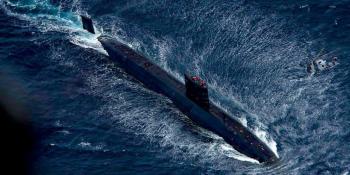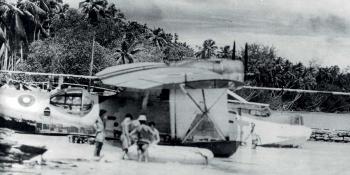Situated on the most westerly point of County Mayo, in neutral Ireland, a message from the Blacksod Lighthouse during 1944 helped change the course of the war as Robin J Brooks explains.
D–DAY
Standing 13 metres above sea level, the Blacksod Lighthouse is over 151 years old. Carved from the rocks beneath where it stands, its flashing light has given mariners safe entry to a treacherous harbour for decades. It has also served as a weather reporting station passing vital weather information directly to the Irish Meteorological Service, now known as the Met Eireann, but in 1944 it flashed some of its most important signals.
Although a neutral country during the Second World War, an arrangement whereby weather reports from Blacksod were sent to Britain was set up and continued throughout the war. As the most westerly landbased observation station in Europe, its weather readings were of great use to the country with the supply of data on prevailing European Atlantic westerly weather conditions. Although its role was apparently unknown to the Germans, it provided valuable information throughout the war when planning bombing raids, for example. But its moment of fame, however, was to come in 1944 with the ad…



